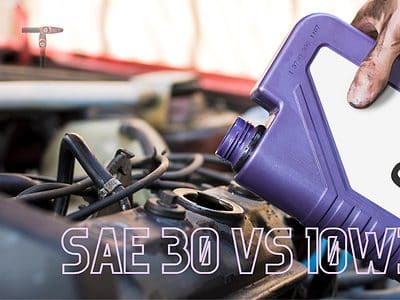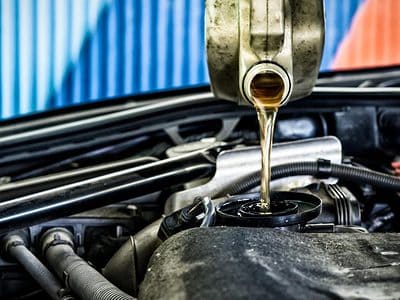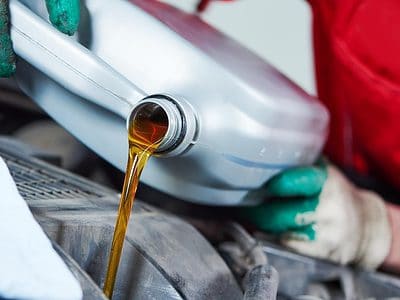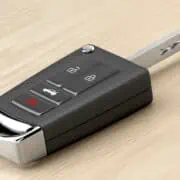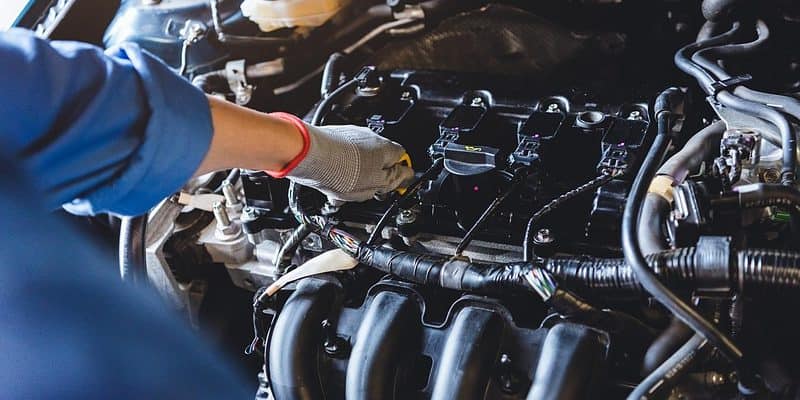
Engine oil is vital to every automobile. It cools, cleans, seals, reduces friction, and protects the engine’s moving parts. Low engine oil can cause strange noises, a weaker performance, overheating, and more. So, it’s important to know the quantity and quality of oil in your engine to avoid damage and avoidable repair costs. This article will explain how to check car oil and what you need to do when it’s low.
How to Check Your Oil Level: Step by Step
You can check your car engine’s oil level in just a few steps. Here they are:
Step One: Prepare for the Check
While it’s a simple process, it’s important to take a few preparatory steps for the most accurate results. Ensure your car should be parked properly, with its engine turned off. If you just drove it, wait around 10–15 minutes for the circulating oil to return to the pan.
Step Two: Locate the Engine Oil Dipstick
If your car has cooled down, open up the hood and look for the engine oil dipstick handle—usually yellow, orange, or red—in the engine compartment. This will tell you how much oil you have left in your car.
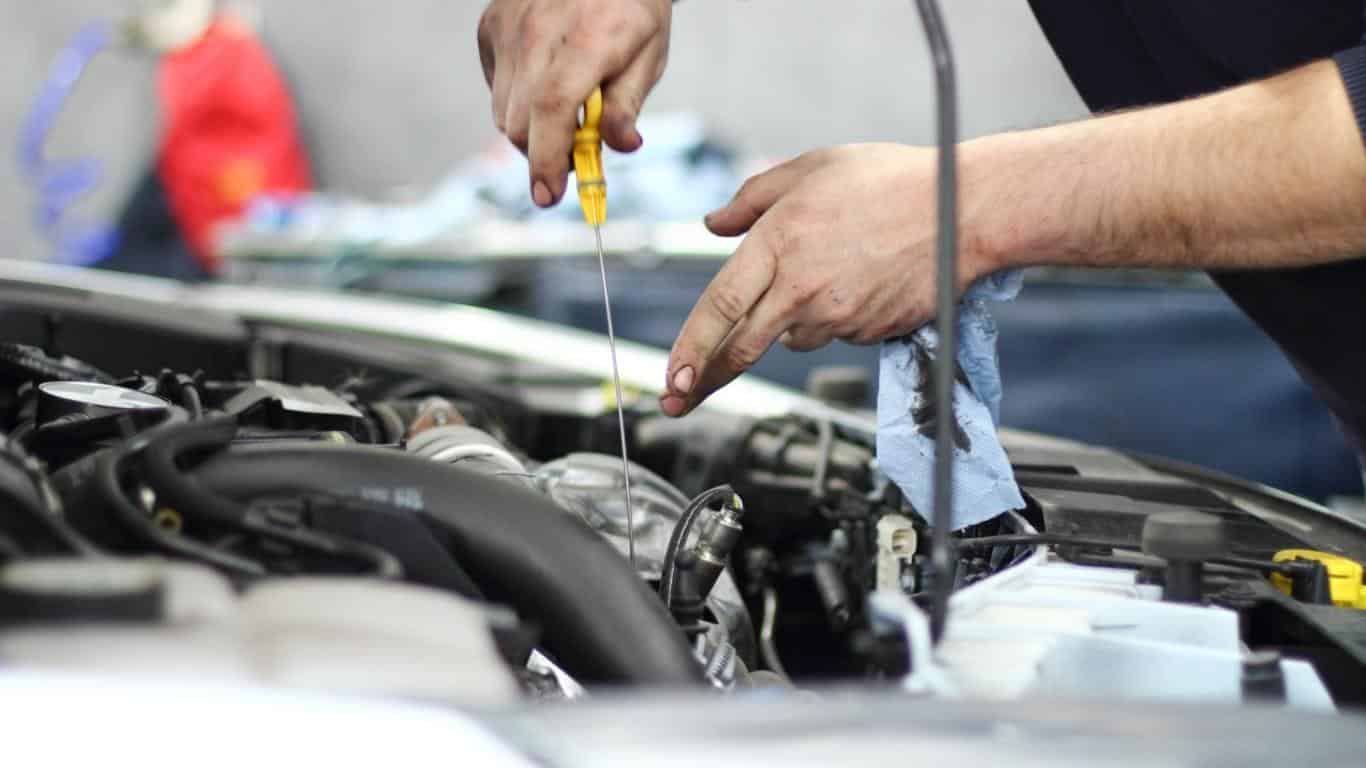
Step Three: Pull Out and Inspect the Dipstick
Pull out the dipstick and check for two lines or dots marked close to the tip. The lower line/dot (the one closer to the end) indicates the minimum required oil level, while the upper line/dot indicates a full oil tank.
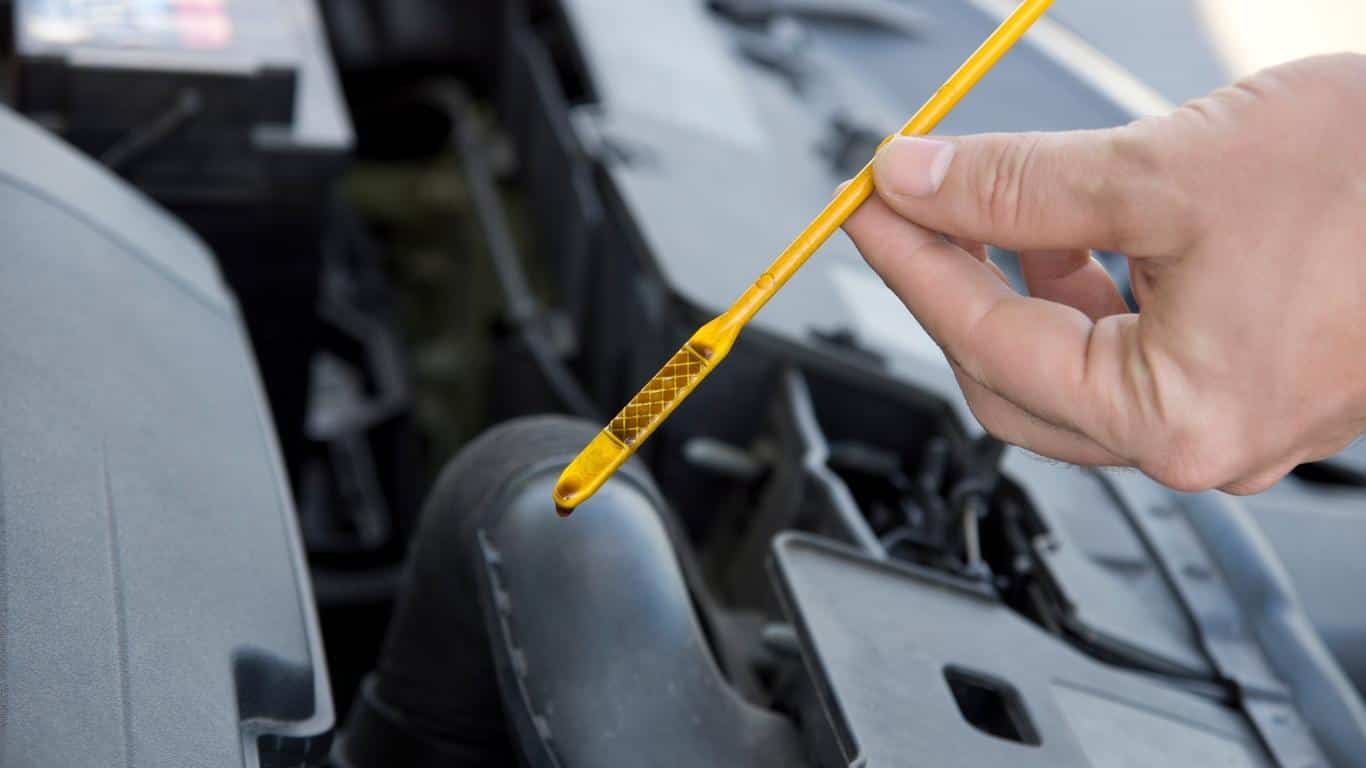
Step Four: Test for the Oil Level
After pulling out the dipstick, wipe it with a clean rag and push it back into its compartment. This will ensure you get an accurate reading. Then, withdraw it once again and check the level of engine oil. If it’s between both dots, the oil in the tank is enough. Below the dot means your oil needs to be topped, and above means it’s too full.

Step Five: Fill and Check Again
If the oil in the engine is not enough, fill it with an appropriate amount of the recommended oil. Then, wait for the oil to settle and retest as outlined above to ascertain the new engine oil level in the tank. If it’s still below, repeat the process until it’s between the pins.
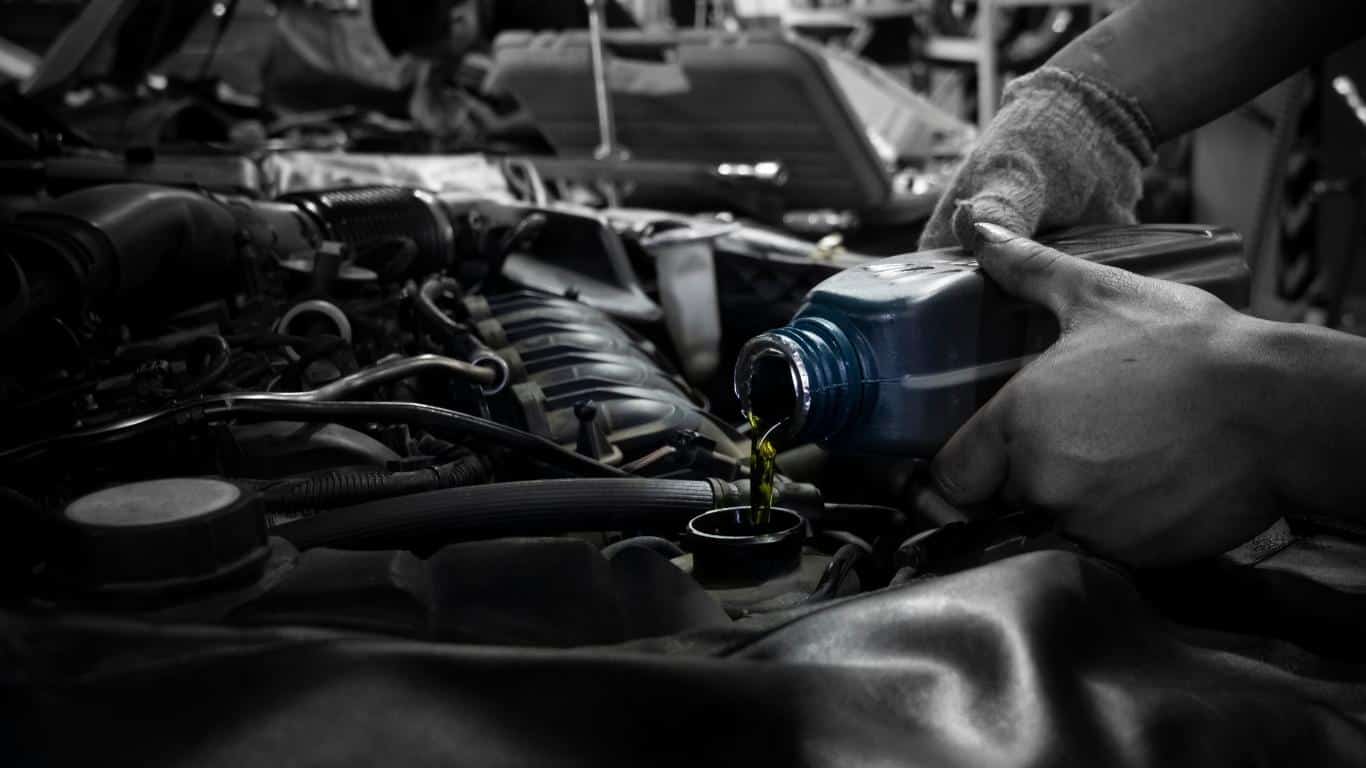
Now you know how to check car oil. But what are the things to look out for? Let’s find out.
Why Check Engine Oil?
Oil changes color, viscosity, and reserve alkalinity as an engine is used over time. It goes from amber/yellow when new to brown and black over time, rendering it less useful. The oil is also subject to thermal and mechanical degradation, losing its viscosity, impairing proper lubrication, and reserve alkalinity causing decreased resistance to acid formation.
Fortunately, you can observe most of these changes by yourself. Simply looking at and touching the oil every now and then will allow you to detect changes in its color, viscosity, and composition. Add to that the date of your last oil change and the distance traveled by the vehicle, and you can make more informed oil change decisions.
Check Your Engine Oil Every Couple of Weeks
After all is said and done, you don’t have to check your car oil every day. Unless there’s some sort of oil leakage problem, a check once in a while or before a long trip should be sufficient. However often you choose to check, here’s how to tell if your car oil needs a change.
Frequently Asked Questions
Do You Have To Wipe the Dipstick When Check Your Oil Level?
Yes. Engine oil can splash around or jump upward on the dipstick giving a falsely high reading. Wiping the dipstick from the handle to the tip with a clean rag or paper towel removes the prestained oil, allowing you to get accurate readings.
Should I Check My Oil When the Engine Is Hot or Cold?
It is recommended practice to check your car’s engine oil when it’s cold for accurate results. That’s because turning on your car causes the oil to circulate in the engine, and you need to allow the oil to return to the pan to get the proper measurement. That said, you could also check the oil when the car is warm; just make sure to wait 10–15 minutes after turning the engine off.
How Often Should You Check Your Engine Oil Levels?
You should check your engine oil levels once a month, every 1,000 miles, or before a long trip. However, if there’s an oil leak somewhere, you should check more often until it’s repaired.
Does Oil Go Bad if You Do Not Drive for Long?
As a matter of fact, inactive engine oils deteriorate over time, albeit it takes really long. But it still breaks down. That’s why there’s an expiry date after all.
How Often Should You Change Your Oil?
The best practice is to refer to your car owner’s manual for guidance. However, specific figures depend on the type of car, engine, and engine oil used.
What Grade of Engine Oil Should I Use for My Vehicle?
It is imperative that you check your usual manual for this information. You’ll find all the details on the perfect oil for your engine.

